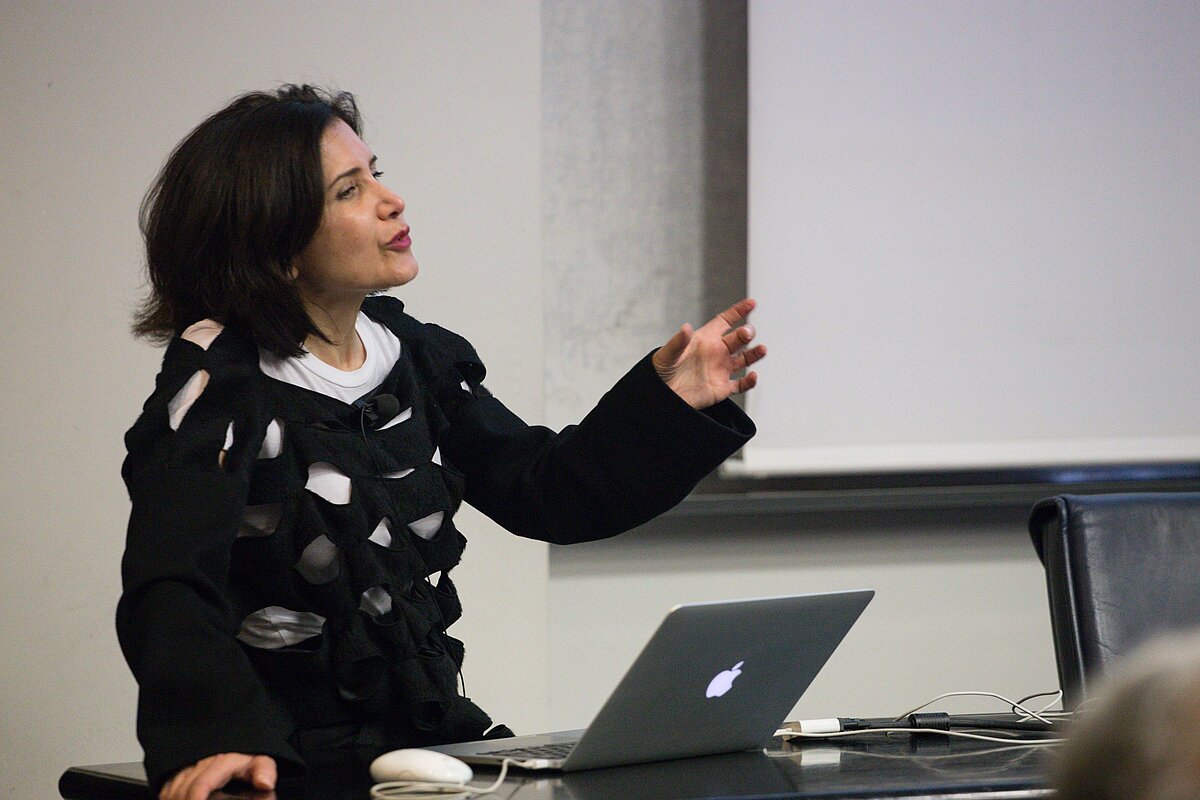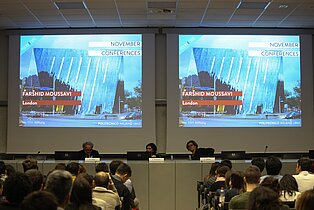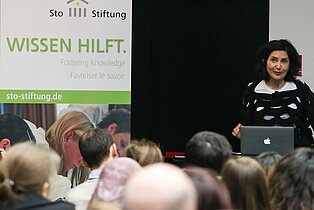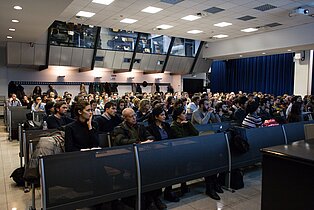Style is derived from the interaction between buildings an people | Farshid Moussavi
Farshid Moussavi reflects on the subject of style as a shared architectural concept and on how style matters for architects. Style as usually been used as a way to classify architecture that share common narratives. This definition of the concept of style appears out-of-date, as new ways to experience a building are arising. The ability of a building to act resides in actual space: in this context, it is possible to define style as the interactions and relations between buildings and people.
Buildings can be seen as a “confederation of elements” that changes over time: the building appears as a complex rather than a unified whole. The complexity of these elements engages in different relations with people, and their combination in a building creates effects on the users (as a sense of openness, lightness, permeability, flexibility etc.) Style can be seen as an agency, manifested as a cluster of effects.
As people can get used to a certain way of combining the elements of a building, the architects reside in creating a break from the conventions for the way built forms are assembled, to free people from habits, and to engage users in new relations with the buildings.
The Yokohama International Ferry Terminal, for instance, changes the conventional circulation routes, creating a sense of surprise and unpredictability, and engaging the individuals in active encounters. The Montpellier apartment block, an eleven-story tower under construction, focuses on the style as a way to change the usual claustrophobic housing tower. Through the combination of elements, the building is able to create new effects on the inhabitants. The design of balconies encourage outdoor and indoor living and the rotation of each floor avoids any overlooking from one balcony to another, stressing the effect of privacy.
The primary concern of the Museum of Contemporary Art in Cleveland is the effect of flexibility, renegotiating the usual white-box design of contemporary art galleries. The building’s main elements are the staircase and the envelope; the external rain-screen cladded in black-mirrored stainless steel plates creates an oil-canvas effect that changes with weather conditions. The building creates new reflections and relate with the context with unexpected effects, in a dialogic with its surroundings. The two staircases are combined, consenting different itineraries from the ground floor to the upper floors. From the stairs, the view on the galleries consent an out-of-ordinary art experience, stairs are designed as a social space. They allow a view onto the museum spaces, even when they are not accessible.
The Victoria Beckham’s flagship store in London subverts the usual shopping experience; the window display resembles a painting, and the entrance looks more like an art gallery rather than a shop: this reflects the precise will to move away from predictability. On the inside, the use of retractable shelves and chains as display system consents to use the space for performances and events, and the ceiling mirrored cladding creates a sense of depth at the ground floor. The use of mirror stainless steel counters, that appear to be floating on the floor, guarantees a totally site-specific shopping experience.
130 Fenchurch Street in London is a new office building with 17 stories. The design process started from the outside: the usual office building envelope is the curtain wall that generates a sense of anonymity and disappearance due to its reflective effect. Moussavi chose curved glass panels for the envelope to guarantee a variety of perceptions on the outside, and an internal unique space experience. The glasses are black-frit, in order to avoid the grid appearance of the darker mullions on the façade, and the wavy perimeter generates a sense of awareness, underlining the presence of the building as a response to common disappearing glass buildings.
Farshid Moussavi is Professor in Practice at Harvard University Graduate School of Design, and previously co-founder of Foreign Office Architects (FOA). She is the author of “The Function of Ornament” (2006), “The Function of Form” (2009), and “The Function of Style” (2014), based on her research and teaching at Harvard.
In 2011, Moussavi founded Farshid Moussavi Architecture (FMA) based in London. The international office is engaged both in architectural practice and in critical research, by means of FMA’s research arm FunctionLab.
Watch the interview with Farshid Moussavi.










